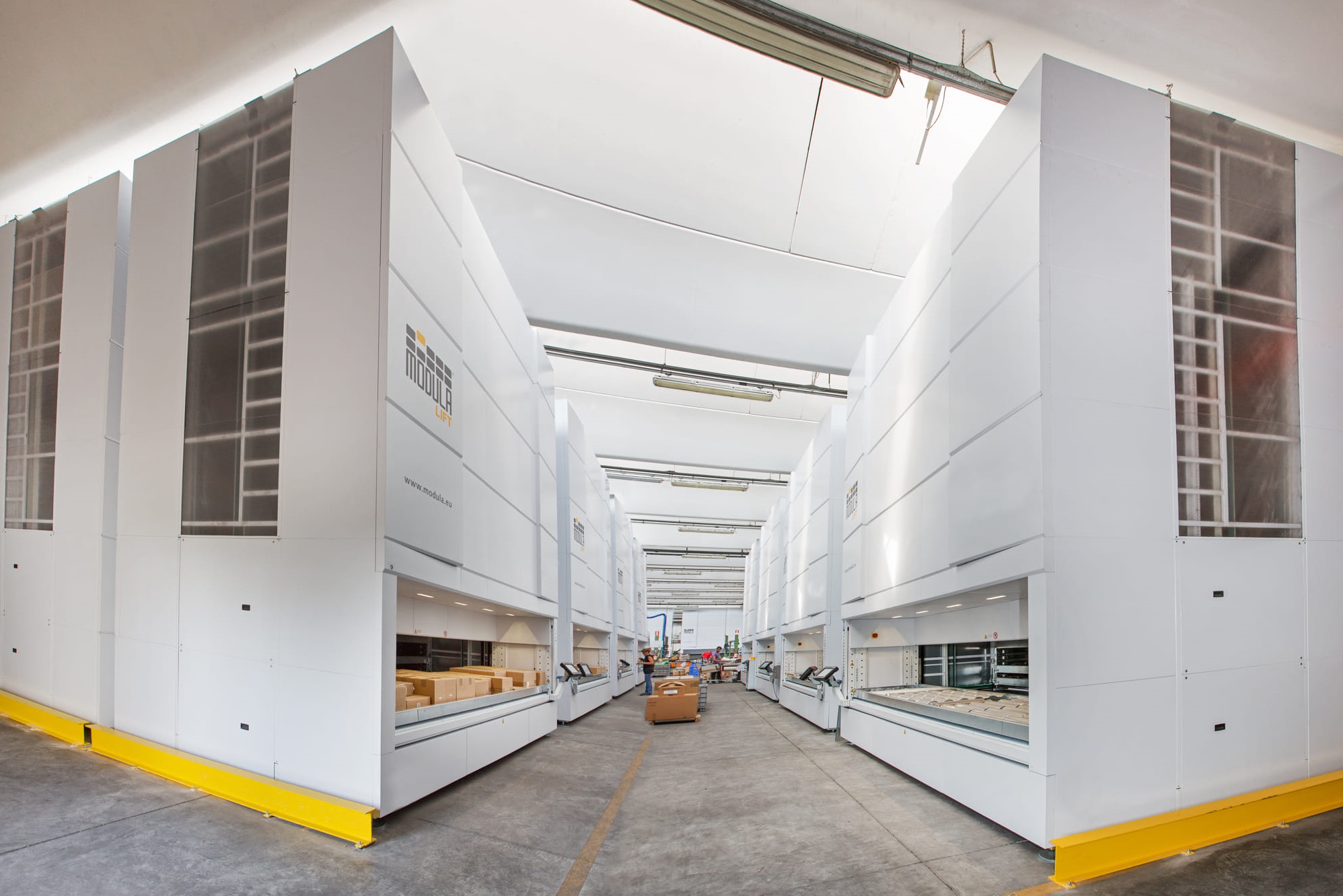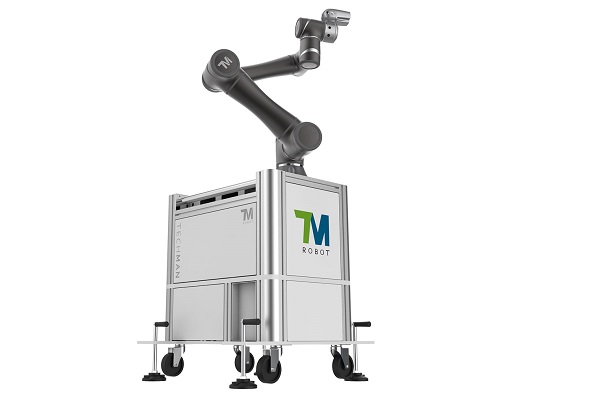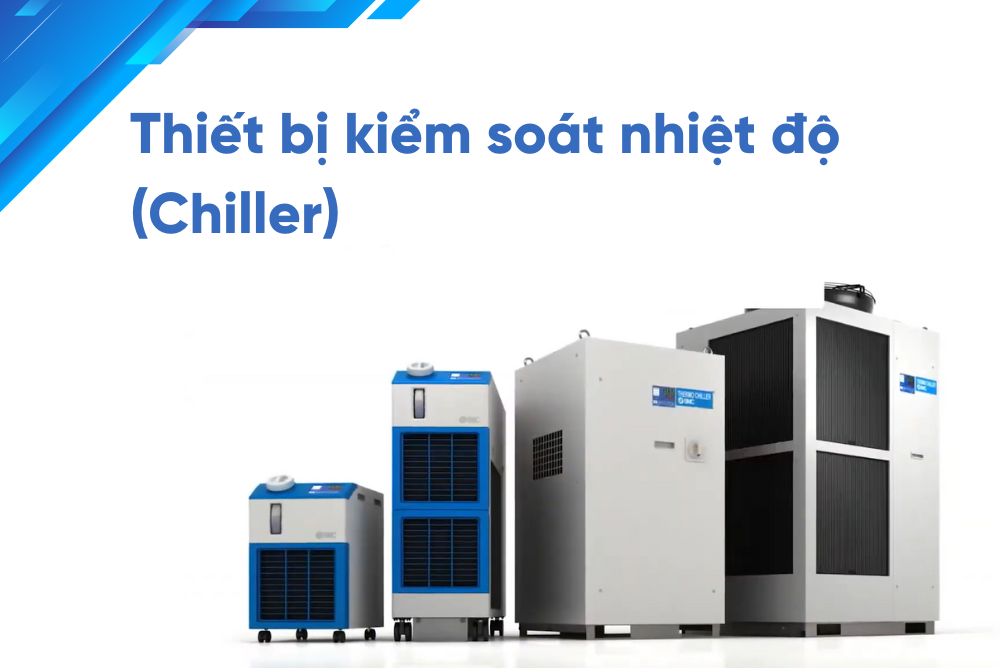Automation is a field that is constantly changing and evolving. Processes, technologies and tools are changing day by day, making production systems more automated. In 2023, we will see automation trends toward 3 factors: simplification, agility, and efficiency.
The COVID-19 pandemic has brought production and supply systems into a state of protracted stagnation and deadlock, making us realize that automation can solve many problems and restore supply chains greatly powerful, even in industries that have never used automation before (e.g., the case of using collaborative robots to run cafes instead of humans in Singapore). Labor shortages also affect the entire industry, so automation is the best way to help businesses proactively navigate unpredictable fluctuations in the global supply chain.
The rise of e-commerce is extremely strong, especially after experiencing the Covid pandemic. E-commerce increasingly requires the development of software, requiring greater flexibility and adaptability, but also providing services and products that better meet the constantly changing needs of users.
Let's explore five latest trends in Automation and Industry 4.0 in the coming year!
1. The spread of digital twins
Digital twins is one of the new and exciting forms of automation. They significantly disrupt outdated business processes. In an IDC survey, 70% of respondents said that they are considering adopting them for their business in the near future.
Digital twins is the creation of drafts, virtual models of products or processes using technologies such as augmented reality, machine learning (an application of Artificial Intelligence – AI), and IoT. Rather than being a single technology, digital twins is a collection of software solutions that combine the physical and digital worlds.
Digital twins is often used for purposes:
- Evaluate new application scenarios
- Optimizing processes
- Make changes and refine the product
- Anticipate and resolve maintenance problems in machines (30% lower maintenance costs, 75% fewer technical failures, and 45% less downtime, according to CADFEM)
Digital twin and virtual product/process copies will enable companies to make informed decisions about whether to introduce a new process or product, thus preventing waste, reducing costs and optimize resource usage. In addition, digital twins can connect to sensors on machines for predictive maintenance purposes. Machine operations are monitored in real-time and potential failures or failures are reported before they occur.
2. Cloud-native applications
In the growing use of cloud technology, the most widely used applications next year will be “cloud-native applications” – specially developed software and applications to work in the cloud, meeting the huge demand for speed, scalability, and reliability for companies of all sizes.
The unique, distinctive feature of cloud-native applications is the granular individual services (microservices) and container technology. Microservices are independent, individual, microservices that perform specific functions, and they communicate with each other through APIs. Thus, these microservices can be bundled together in containers to run or integrate with other applications. End users can access multiple services through the same interface.
One of their other special features is that user feedback can instantly improve the app, integrated into the app. This encourages vendors to release more new applications and solutions, which are increasingly useful and optimal.
The advantage of cloud-native applications is that they can be built freely, combining different components to fit the technology and infrastructure needs of each company. These solutions will be able to be put into practice more quickly and flexibly than specially coded solutions.
3. Low-code platforms
Low-code platforms are designed to allow users without much programming experience to still use and develop applications. They allow users to perform operations with an easy-to-see graphical interface to perform automated tasks instead of having to use complex programming languages. This makes everything simpler for businesses, saving time, saving labor costs, and businesses can take advantage of human resources, that time to spend on other jobs such as developing business strategies to increase competitiveness compared to competitors.
TMflow, a low-code platform for Techman AI Cobot, allows you to program with simple click-and-drag motions
In addition, these Low-code platforms also easily integrate with other applications, including third-party applications. You also easily introduce these platforms to users because they do not require users to know to program. They are considered “for everyone” applications and programs, and according to Gartner, by 2024, 65% of application development will be related to these applications.
It also means that in the future, with automation management becoming simpler, more intuitive and accessible, companies can invest in upskilling employees.
4. Moving goods by drones and robots
Thanks to the continued growth of e-commerce, customers want more and more personalized products, delivered faster, more convenient, and more practical. This will promote the introduction of robots and drones into the freight process.
Drones and robots can move goods automatically in the air and on the ground, from one area of the logistics plant to another. Together with automated storage systems, we can use drones and robots to build an efficient warehouse system. Fully automated logistics solutions enable companies to cut costs and eliminate human error.
5. AI (Artificial Intelligence) and Blockchains
The modern working environment provides easier and deeper access to data. When it comes to logistics and supply chains, automated storage systems, robotics, drones, and software... have become increasingly accessible, making data management and mining for Business development purposes getting easier and easier.
Artificial intelligence can be applied to analyze data after being collected from automated processes, thereby making accurate decisions based on the data, helping to optimize the entire supply chain and make the most of the automation process.
Blockchains can securely manage and update data and information records in the network, which can also improve the traceability and transparency of the entire production and supply chain response. Blockchain applications can help businesses improve their services and manage their supply chains effectively because businesses can track and access commodity information in real-time.
Read more: Keep up with trends, Techman Robot Now Turned Into Techman AI Cobot
Automation in 2023: Simplify and Agrility
2023 will see breakthrough innovations in automation, with a focus on simplicity and flexibility, not only in products and services but also in software, processes, and logistics.
Recent years have seen a rapid increase in the adoption of automation systems in all sectors connected to e-commerce, led by logistics. Warehouses of the future will become more and more automated and data-driven, while supply chains will become more and more resilient and able to withstand market fluctuations.
Smart Automated Warehouse - trending in logistics operations
If you are implementing e-commerce platforms or already participating in e-commerce platforms, or you want to keep up with the trend of automation and use automated warehouse systems for your logistics, read more: 9 advantages of an automation warehouse Modula VLM
For you: Tips for warehouse reorganization
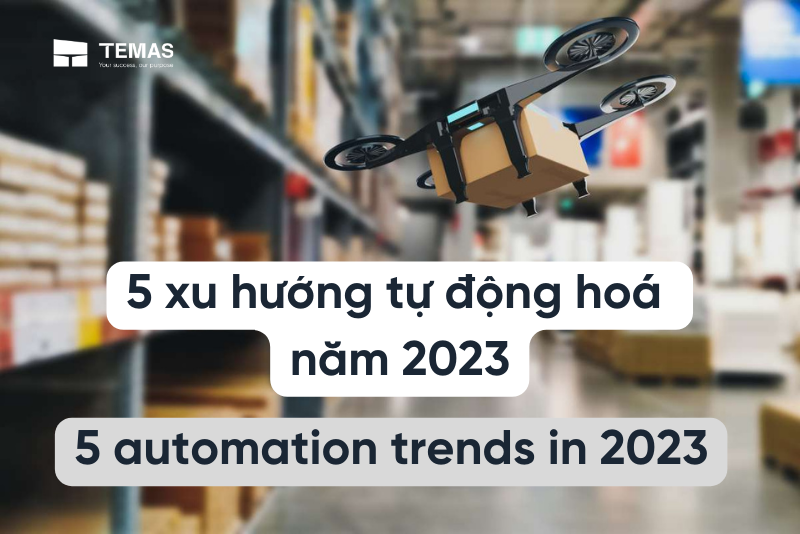
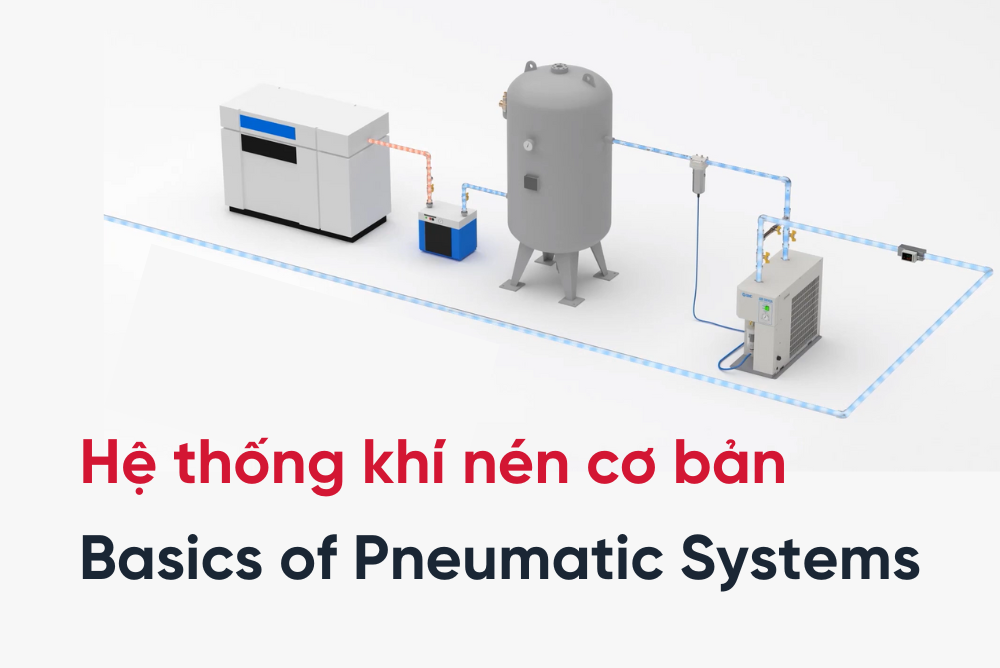
 Read more
Read more
